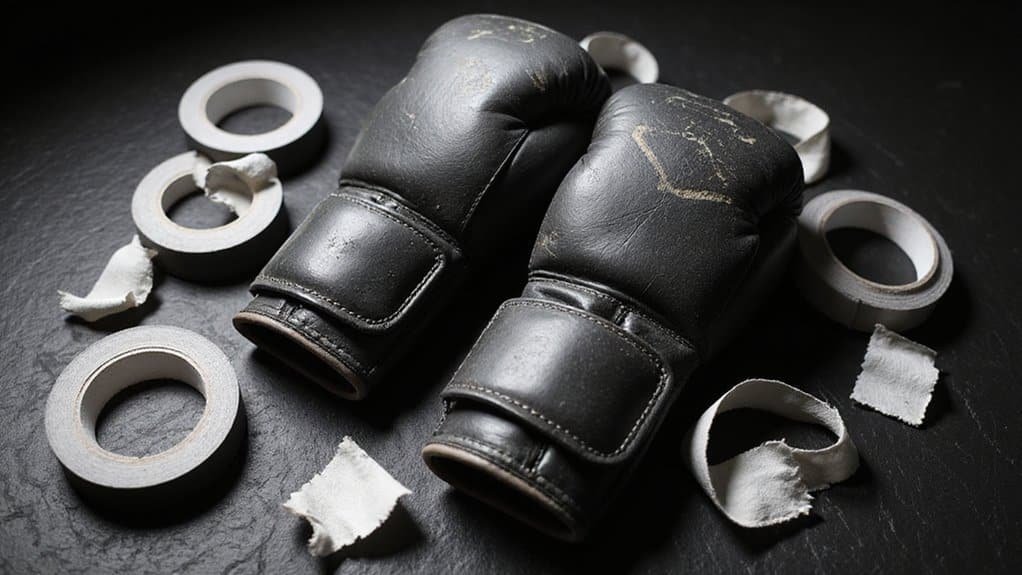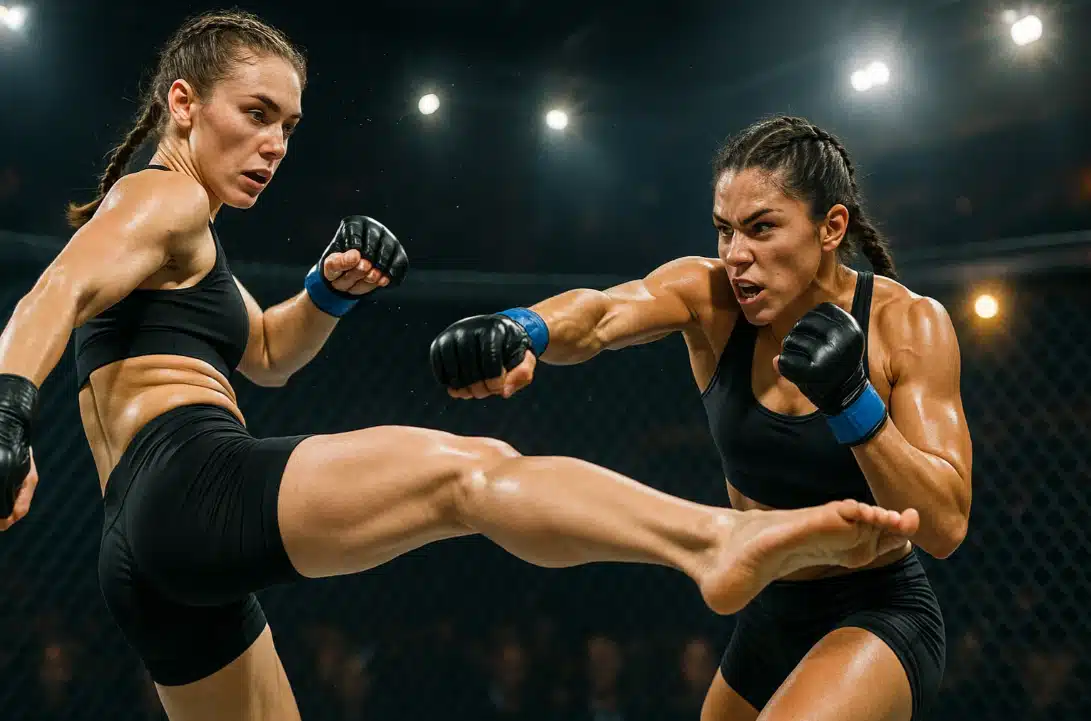MMA striking integrates punches, kicks, elbows, and knees into a thorough combat system. Punches from boxing provide precision and knockout power, while kicks borrowed from Muay Thai and kickboxing extend reach and deliver devastating impact. Elbow strikes dominate close-quarters combat with varied angles, and knee strikes from clinch positions create explosive finishing opportunities. This multi-dimensional approach transforms fighters into unpredictable threats capable of attacking from any range, with proper defensive skills equally essential for neutralizing incoming damage and creating effective counter-attack opportunities.

While many combat sports restrict fighters to a single striking method, mixed martial arts releases the full spectrum of stand-up warfare. The sport incorporates punches, kicks, elbows, and knees as primary offensive weapons, drawing techniques from boxing, Muay Thai, kickboxing, and other martial arts. This versatility creates unpredictable offense that keeps opponents guessing and provides multiple pathways to victory.
Punches form the foundation of MMA striking, targeting both head and body with devastating effect. The jab establishes range and sets up combinations, while the cross delivers knockout power through the rear hand. Hooks attack from angles that straight punches cannot reach, and uppercuts exploit gaps in an opponent’s guard. The overhand punch arcs over defensive positions to find its mark. Power generation relies heavily on hip rotation and proper weight transfer, transforming the entire body into a striking weapon rather than relying solely on arm strength. Proper technique requires striking with the first two knuckles to prevent finger injuries during impact.
Kicks extend a fighter’s reach and deliver bone-crushing force to legs, body, and head. The roundhouse kick generates tremendous power through hip turn and proper balance, capable of ending fights with a single connection. Front kicks push opponents away or drive into the midsection, while side kicks attack with precision and power. Muay Thai and taekwondo provide the technical foundation for these techniques, although MMA adaptation requires modifications to meet the sport’s unique demands. Thai-style round kicks should make contact with the shin rather than the foot to maximize impact and prevent injury.
Elbow strikes excel in close-quarters combat, where their short range becomes an advantage rather than a limitation. These attacks cause significant cutting due to bone-on-bone contact and carry knockout potential despite minimal wind-up time. Horizontal elbows slice across targets, upward elbows rise from below defensive vision, and spinning elbows create unexpected angles of attack. Precise timing and leverage maximize their devastating potential.
Knee strikes typically emerge from clinch positions, where fighters control their opponent’s posture and movement. Effective knees require explosive hip thrusting and full core engagement to drive the strike home. Flying knees bridge the gap between striking ranges, creating spectacular knockout opportunities for fighters willing to commit fully to the technique.
The clinch environment alters striking dynamics entirely, enabling short-range attacks while limiting an opponent’s options. Control positions facilitate effective striking while minimizing counters, making hand fighting and head positioning vital skills. Shifting seamlessly between clinch strikes and takedown attempts multiplies offensive possibilities.
Defensive striking skills are equally important, involving blocking, parrying, and checking techniques that minimize damage while creating counter-opportunities. Footwork and head movement reduce strike accuracy, while proper defensive positioning in the clinch neutralizes close-range attacks. Anticipating attack patterns allows fighters to counter effectively, turning defense into immediate offense.
Frequently Asked Questions
What Are the Most Effective Striking Combinations for MMA Beginners?
Beginners should master the jab-cross combination first, establishing the fundamentals of distance and timing.
Adding leg kicks after jab-cross disrupts opponents’ rhythm while targeting multiple levels.
Lead hook followed by rear kicks maximizes power through proper weight transfer.
Simple elbow-knee chains prove devastating in close quarters.
Success depends on drilling basic combinations repeatedly, mixing attack levels consistently, and maintaining balance throughout each sequence to prevent counterattacks that could be dangerous.
How Do You Defend Against Strikes While Maintaining Offensive Opportunities?
Fighters maintain offensive threats while defending by integrating movement with counter-striking readiness. Proper footwork enables quick repositioning after defensive actions, keeping attackers guessing.
Head movement, like slipping or bobbing, evades strikes while maintaining range for immediate counters. Parrying redirects incoming attacks, creating openings for swift retaliation.
Practical clinch work neutralizes opponent strikes while setting up knees or elbows, seamlessly transforming defensive positions into offensive opportunities.
Which Striking Techniques Are Illegal in Professional MMA Competitions?
Professional MMA competitions prohibit numerous striking techniques under the Unified Rules of MMA.
Banned strikes include rabbit punches to the head’s back, throat strikes, eye gouging, and groin punches.
Kicking grounded opponents‘ heads, soccer kicks, and kidney heel strikes are forbidden.
Downward 12-6 elbows and elbow strikes to the head’s rear are illegal.
Knee strikes targeting grounded opponents’ heads, groins, or spines violate regulations and result in penalties.
How Does Striking Training Differ Between MMA and Traditional Martial Arts?
MMA striking training prioritizes practical effectiveness through live sparring and continuous adaptation, integrating techniques from multiple disciplines while emphasizing changes between striking, clinching, and grappling.
Traditional martial arts focus on discipline, ritual, and mastering prescribed forms within single systems.
MMA uses full-contact sessions and evolving methods, while traditional arts rely on predetermined drills and preserve historic techniques over competitive adaptation.
What Equipment Is Essential for Safe Striking Practice in MMA?
Essential MMA striking equipment includes protective gloves that preserve knuckles while maintaining finger dexterity for grappling shifts.
Shin guards protect against kicks and leg checks during sparring.
Head protection and mouthguards reduce concussion risks and prevent dental injuries.
Training equipment, such as focus mitts, Thai pads, and heavy bags, enables controlled skill development while minimizing partner injury during practice sessions.

